Exact Answer: 30 minutes to one day
Caulk is a material that is used to seal leakages or seams in various piping and structures. It is also known as Caulking, but not that popularly. In earlier times, it was specifically used for sealing leaks in ships, but gradually the use has evolved ever since.
In the modern-day, Caulk is used in construction to fill up gaps and leakages in buildings, in various forms. Essentially, it is used for noise cancellation, to prevent leakages, and sealing joints in the gaps. The biggest misconception about caulk is the time it takes to dry, even though it can dry relatively quickly, it still needs time to cure and can be used only after it has cured.

How Long Does It Take Caulk To Dry?
The drying up period of Caulk depends upon a lot of factors like what kind of caulk is being used, weather conditions it is being used during, the surface on which Caulk is applied onto, etc.
The most important aspect which determines how long would it take for the Caulk to dry is the material it is made from. Mainly there are three types of Caulks, namely, Latex (Acrylic), Silicone, and Polyurethane. And across these three types, the time it takes to dry varies.
Acrylic Caulk takes up about 24 hours to dry completely and is one of the cheapest caulks. It is mainly used to cover up small holes and cracks. Acrylic Caulk does not create a waterproof shield in gaps and hence, is mostly used to fill up gaps and cracks where there is little to no contact with water. Moreover, unlike Silicone Caulk, Acrylic Caulks are great to paint over on.
Second, Silicon Caulks could take up about 48 hours to dry. Silicone Caulks are very good for non-porous surfaces like bathrooms and kitchen tiles, and they can dry up quickly in humid conditions. However, painting over Silicone Caulk is difficult if it is fully silicone.
Further, Polyurethane Caulk takes up at least 3 to about 10 days to dry completely. It is deemed excellent for outdoor usages like window seals. It provides long-lasting and water-proof usage and hence is considered more productive than the previous two. It can also be painted over easily. The only downfall of Polyurethane Caulk is that it takes a very long time to dry and cure completely.
| Type Of Caulk | Time Taken To Dry/Cure |
| Acrylic | 24 Hours |
| Silicone | 48 Hours |
| Polyurethane | 3-10 Days |
Why Does It Take Caulk 30 Minutes To One Day To Dry?
The time taken by Caulk to dry depends on varying factors such as the type of Caulk which is being used, the weather conditions it is used in, the type of surface it is used onto, etc.
First, the material which it is made of has a big role in determining the drying time of the Caulk, Acrylic Caulks take up to 24 hours to dry completely whereas Silicone Caulk takes up about 48 hours to dry. Moreover, Polyurethane Caulk could take up to 3 to 10 days to dry completely.
The humidity levels of the environment in which the Caulk is used also affect the drying time. More moisture helps the Caulk to dry faster, hence, if the place has less moisture, the longer it would take for the Caulk to dry.
Further, the higher temperature would help the Caulk to dry faster, and cold weather would take it much longer to dry and cure. Hence, it takes much more time to expose Caulk to water during winters as it would not have healed completely.
Another factor that regulates the drying time of the Caulk is its expiration date. If someone is using an old Caulk that is past its expiration date, it is more than likely that it would take longer than usual to cry and would not heal completely.
The nature of the surface also plays a vital part in the healing or drying time of the Caulk. To have the Caulk, whatever type it may be, dry quickly, it is recommended that the surface it is being used on should be dry, mold-free, and clean.
Conclusion
Caulk is a material used to fill cracks and seal the leakages onto various types of surfaces. It is also known as Caulking. The time it takes for Caulk to cry can vary between 30 minutes to one day, but it would not be considered fully dry before it heals, which could take up to anywhere between 1 to 10 days, depending upon a lot of factors such as the type of Caulk which is being used, the type of surface it is being used onto, the weather conditions in the area, the humidity levels, etc. An Acrylic Caulk dies up the fastest, followed by Silicone Caulk and lastly, Polyurethane Caulk.




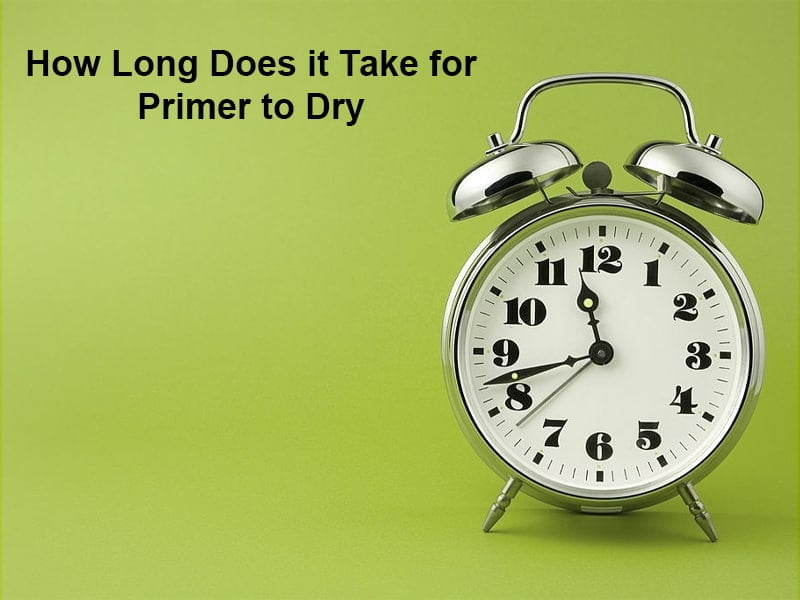
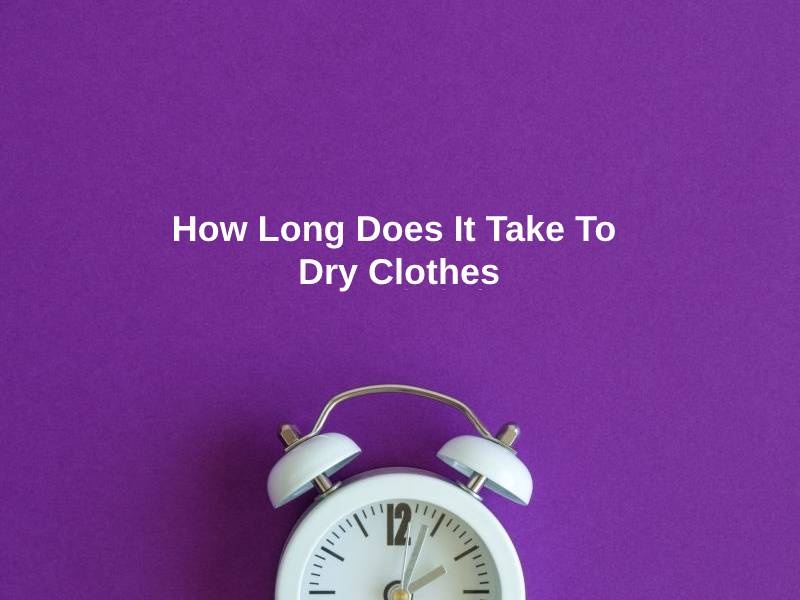
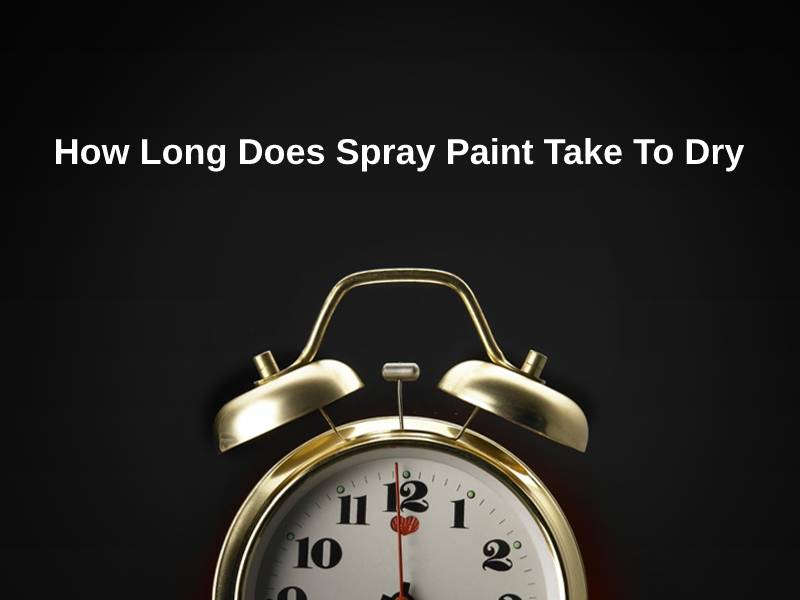
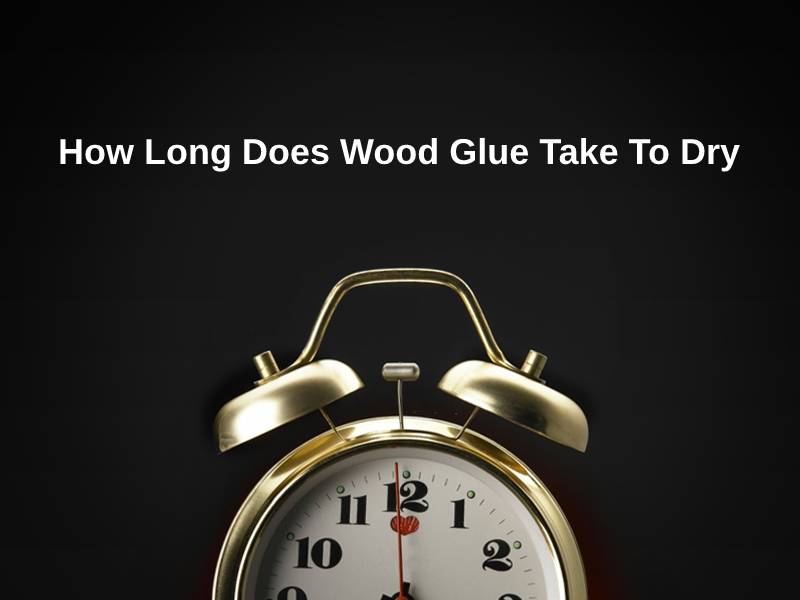
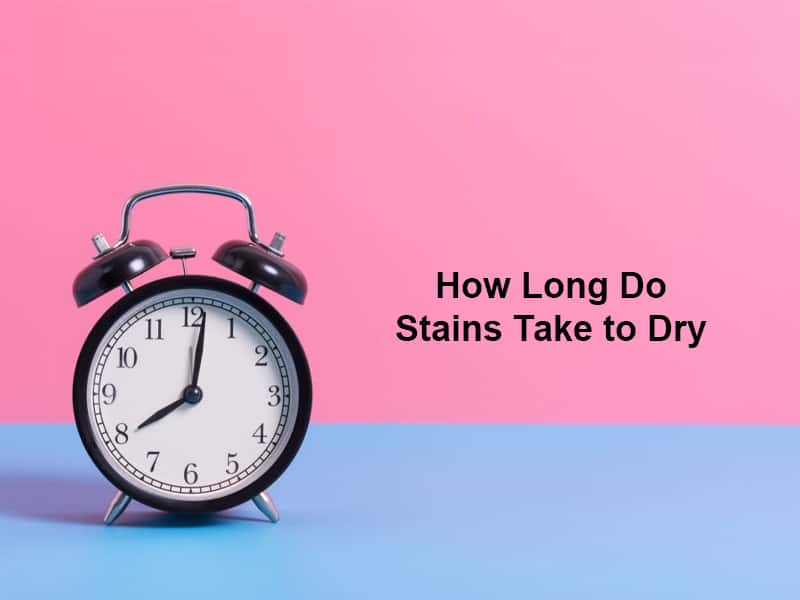
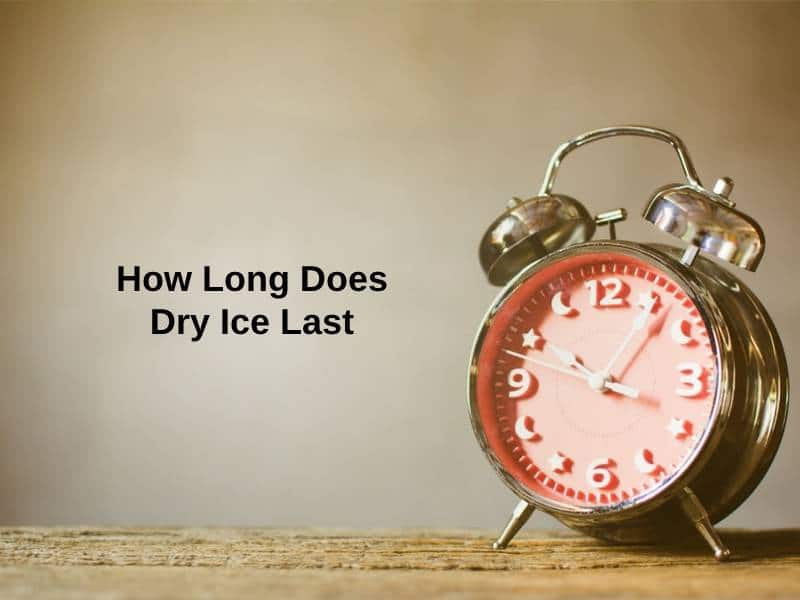











I am impressed with the thorough explanation of why caulk takes between 30 minutes to one day to dry. The article covers essential factors that influence the drying process in different situations.
I found the information about the drying times of different types of caulk very useful. It’s important to know the specific drying times for each type to plan and execute projects effectively.
Absolutely, Lily26. Having this knowledge will definitely help in choosing the right type of caulk for different applications.
I concur with both of you. The article brings attention to important environmental factors that affect caulk drying times as well.
The article skillfully analyzes the scientific intricacies of caulk drying times and presents them in an engaging and informative manner.
I wholeheartedly agree, Bruce72. The level of detailed analysis in the article is truly impressive and adds great value to the discussion of caulk drying times.
Absolutely, Bruce72. The article is a testament to the importance of understanding the nuanced aspects of caulk drying times.
This article provides valuable insights into the various aspects that impact caulk drying times. It’s a fantastic reference for anyone working with caulk.
Absolutely, Eden Holmes. The article’s thoroughness is commendable and greatly enhances understanding of caulk drying processes.
I couldn’t agree more, Eden Holmes. The article’s accuracy and depth of information truly make it a standout resource on this topic.
This article explains in great detail the different drying times of each type of caulk and why it takes 30 minutes to one day for caulk to dry. The various factors influencing drying times are very informative and helpful!
I completely agree with you, Vrichardson. The article also provides a comprehensive overview of caulk’s uses and the different types available.
The article’s breakdown of the factors affecting caulk drying times is crucial in dispelling myths and enhancing understanding. A truly enlightening piece!
Absolutely, Vallen. This article effectively brings clarity to the often misunderstood topic of caulk drying times.
I wholeheartedly agree, Vallen. The article provides a captivating and educational exploration of the subject.
The detailed breakdown of drying times for Acrylic, Silicone, and Polyurethane caulk is enlightening. It’s clear that each type has its own distinct drying characteristics.
Indeed, Murphy Alfie. Understanding these differences is crucial for achieving optimal results in sealing and filling applications.
The article powerfully clarifies why caulk may take varying times to dry. The focus on material composition, environmental conditions, and surface nature is commendable.
This piece effectively dismantles common misconceptions about caulk drying times while delivering a compelling and insightful read on the subject.
I couldn’t have said it better, Knight Ellie. The informative nature of the article is truly impressive.
The comprehensive dissection of caulk drying times in this article is truly compelling and enlightening. Kudos to the author for presenting such valuable information!